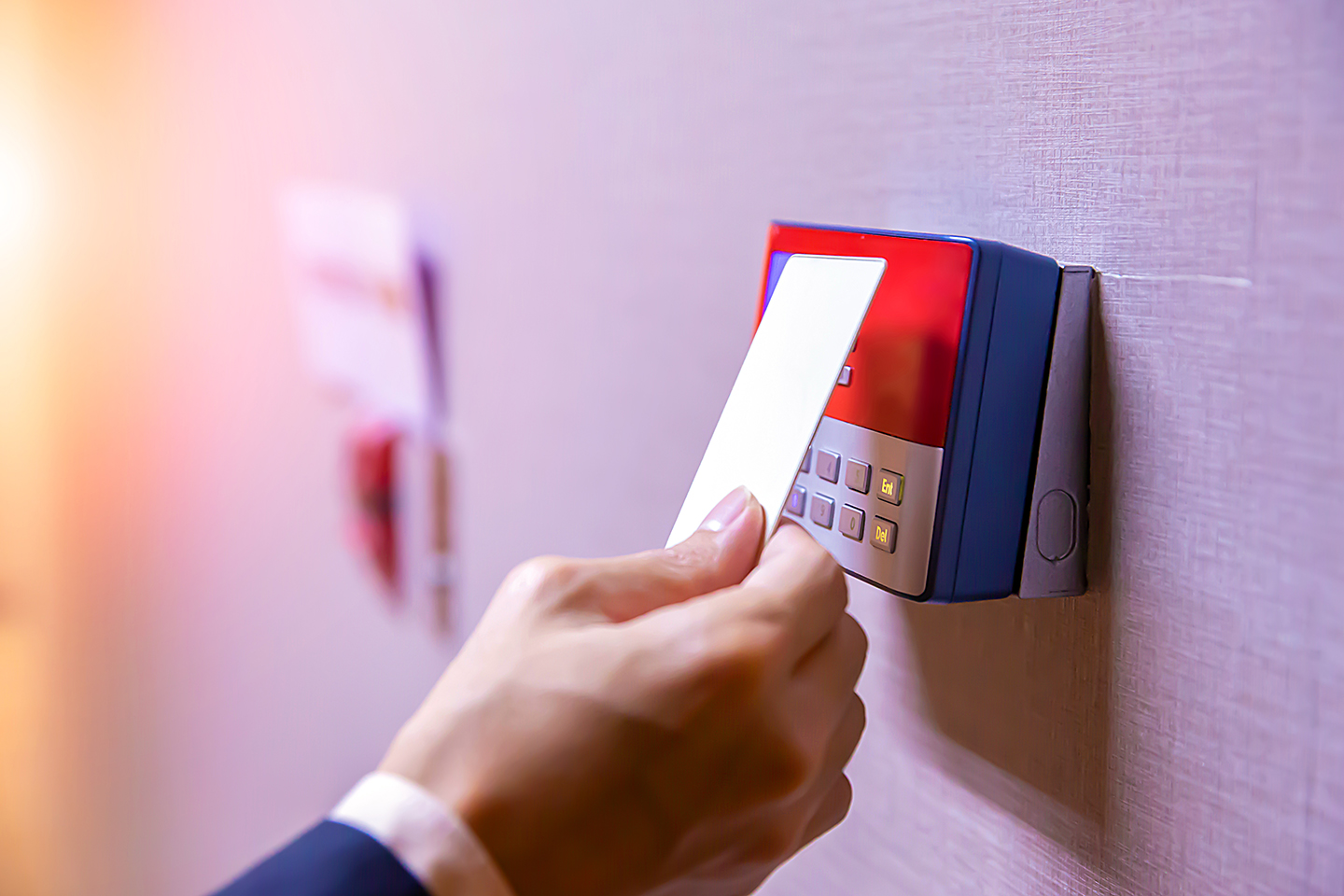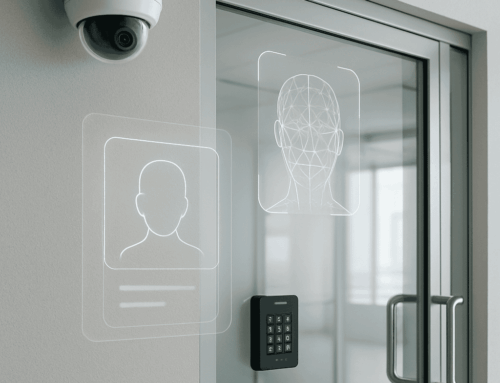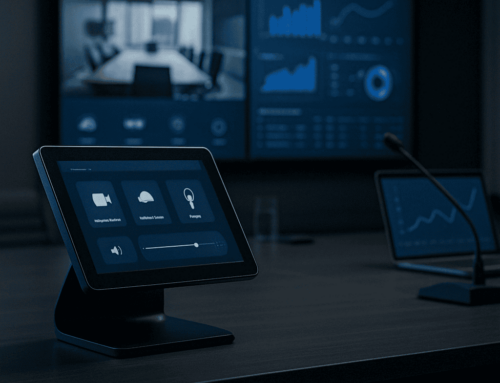Access Control: The Power of Protecting Your Assets

Safeguarding valuable assets—both physical and digital—is paramount for all organizations. From confidential data to expensive equipment, ensuring their protection not only guarantees business continuity but also upholds the reputation and integrity of the organization. Enter access control systems, serving as the frontline defense in asset protection by providing comprehensive security measures to regulate entry and monitor access within corporate environments.
The Significance of Access Control
Access control, the process of managing and regulating who has access to a facility, building, or specific areas within it, has evolved beyond traditional methods like locks and keys. Access control systems offer a sophisticated and versatile solution, combining technology, authentication methods, and intelligent monitoring capabilities to ensure authorized access and deter unauthorized entry.
- Protecting Physical Assets: Access control systems play a crucial role in safeguarding physical assets such as equipment, inventory, and sensitive documents. By restricting access to authorized personnel only, organizations can prevent theft, vandalism, and unauthorized tampering with valuable assets. Access control technology, including electronic keycards, biometric readers, and proximity sensors, ensures that only individuals with the proper credentials can enter restricted areas, providing a secure environment for critical assets.
- Securing Data and Information: In addition to physical assets, access control systems are essential for protecting sensitive data and information stored within corporate networks and digital infrastructure. With the increasing prevalence of cyber threats and data breaches, controlling access to digital assets has become increasingly important. Access control solutions enable organizations to enforce strict authentication protocols, manage user permissions, and monitor user activity to prevent unauthorized access and data breaches.
- Enhancing Workplace Safety: Access control systems contribute to enhancing workplace safety by managing access to hazardous or restricted areas within a facility. By restricting access to areas with potential safety risks, organizations can minimize the likelihood of accidents, injuries, and unauthorized personnel entering sensitive work areas. Integration with other security systems such as surveillance cameras and alarm systems enable real-time monitoring and response to safety incidents, further enhancing workplace security and employee well-being.
- Regulatory Compliance: Many industries are subject to stringent regulatory requirements regarding access control and security measures to protect sensitive information and ensure compliance with industry standards. Access control systems help organizations meet regulatory obligations by providing audit trails, access logs, and compliance reporting capabilities. This ensures that access to sensitive areas and data is monitored, documented, and in compliance with regulatory guidelines, reducing the risk of fines, penalties, and legal liabilities.
Access control serves as the frontline defense in asset protection, providing organizations with the tools and capabilities to regulate entry, secure physical and digital assets, and ensure compliance with regulatory requirements. By implementing access control systems, organizations can mitigate security risks, prevent unauthorized access, and protect their most valuable assets. As technology continues to evolve, access control will remain a critical component of comprehensive security strategies, safeguarding organizations against emerging threats and vulnerabilities.
Included below is an Access Control Checklist designed to assist companies in evaluating their current access control measures and identifying areas for improvement to enhance asset protection and security within their organization. We are dedicated to helping businesses safeguard their assets – both physical and digital. Contact us today to learn more about how access control systems can keep your property safe.
Access Control Checklist
- Assess Current Access Control Systems:
- Identify all access control systems currently in place, including physical access control (e.g., keycards, biometric readers) and digital access control (e.g., passwords, multi-factor authentication).
- Evaluate the effectiveness of existing access control measures in regulating entry to sensitive areas and protecting assets.
- Review Access Policies and Procedures:
- Review and update access control policies and procedures to ensure alignment with organizational goals, industry regulations, and best practices.
- Clarify roles and responsibilities for access control management, including assigning administrators and establishing protocols for granting and revoking access privileges.
- Audit User Access:
- Conduct a thorough audit of user access permissions across all systems and applications to ensure that only authorized individuals have access to sensitive data and resources.
- Regularly review and update user access rights based on job roles, responsibilities, and changes in personnel status.
- Implement Multi-Layered Authentication:
- Enhance security by implementing multi-layered authentication methods, such as biometric authentication, two-factor authentication (2FA), or multi-factor authentication (MFA), to verify the identity of users before granting access.
- Monitor and Analyze Access Logs:
- Implement access logging and monitoring mechanisms to track user activity, including login attempts, access requests, and changes to access permissions.
- Analyze access logs regularly to detect anomalies, unauthorized access attempts, and potential security breaches, and take appropriate action to mitigate risks.
- Integrate Access Control with Other Security Systems:
- Integrate access control systems with other security systems, such as surveillance cameras, intrusion detection systems, and alarm systems, to provide comprehensive security coverage and enhance incident response capabilities.
- Train Employees on Access Control Best Practices:
- Provide comprehensive training and awareness programs to employees on access control best practices, security policies, and procedures.
- Educate employees on the importance of safeguarding access credentials, recognizing phishing attempts, and reporting suspicious activities.
- Regularly Update and Maintain Access Control Systems:
- Ensure that access control systems are up-to-date with the latest software updates, patches, and security enhancements to address vulnerabilities and protect against emerging threats.
- Establish a regular maintenance schedule to inspect, test, and troubleshoot access control systems to ensure optimal performance and reliability.
By utilizing this Access Control Checklist, companies can proactively evaluate and enhance their access control measures to strengthen asset protection and security within their organization. Implementing robust access control systems and practices is essential for safeguarding physical and digital assets, mitigating security risks, and ensuring regulatory compliance.
About i.e.Smart Systems
i.e.Smart Systems is a Houston, TX based technology integration partner that specializes in design and installation of audio/visual technology and structured cabling. For more than three decades, our team of in-house experts has partnered with business owners, architectural firms, general contractors, construction managers, real estate developers, and designers in the Houston market, to deliver reliable, scalable solutions that align with their unique goals.




